“Silently, one by one, in the infinite meadows of heaven, Blossomed the lovely stars, the forget-me-nots of the angels.” – Henry Wadsworth Longfellow
Thanks to the parents and pupils who came to our star-gazing party in Ireland on the 14th March. Though the sky was overcast at the beginning of the evening, the cloud cover thankfully dispersed over Gortskehy NS and we all enjoyed a very informative and sociable evening. The session was very kindly led by Astronomer Derek Dempsey of Newport Astronomy Club. He brought two fabulous telescopes with him as you’ll see below in the photos. Fiona Hopkins also came along and used the light meter to measure how dark our night sky in Gortskehy is. By 9pm the meter showed a reading of 20.93 which indicates excellent conditions for star gazing with almost no light pollution.
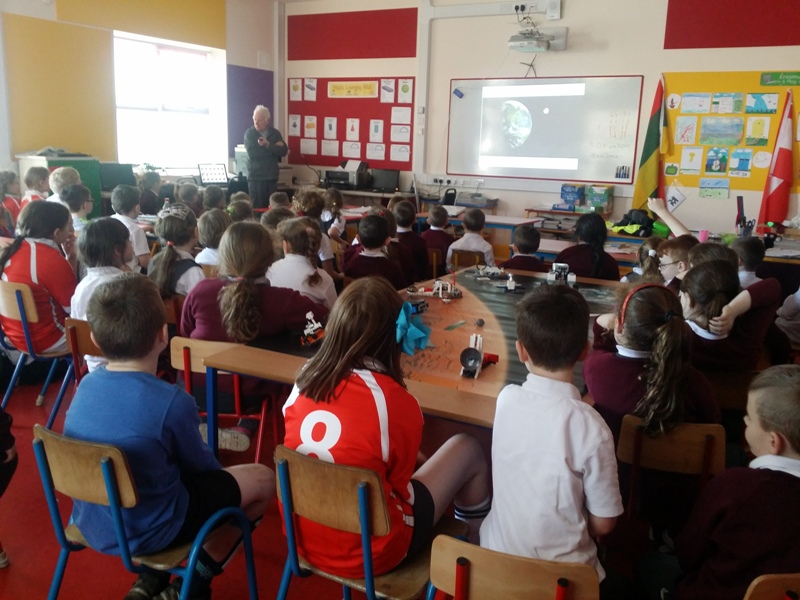
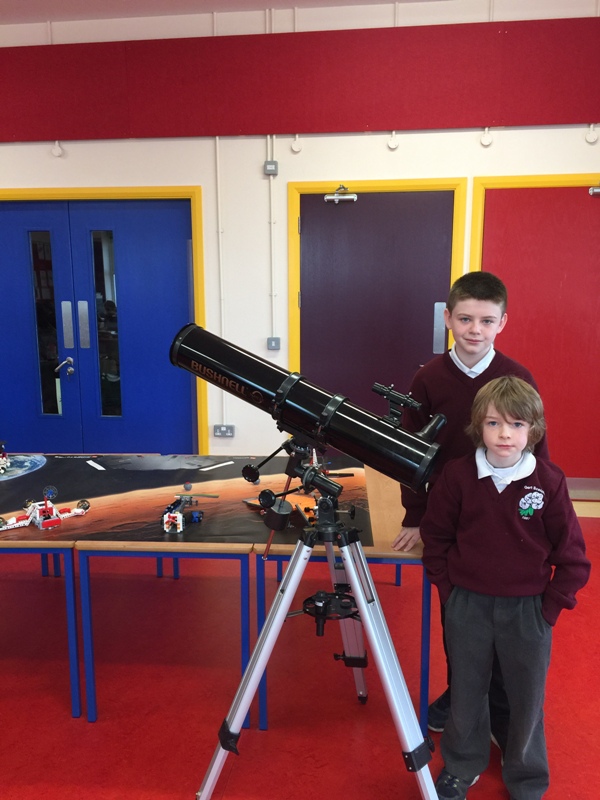
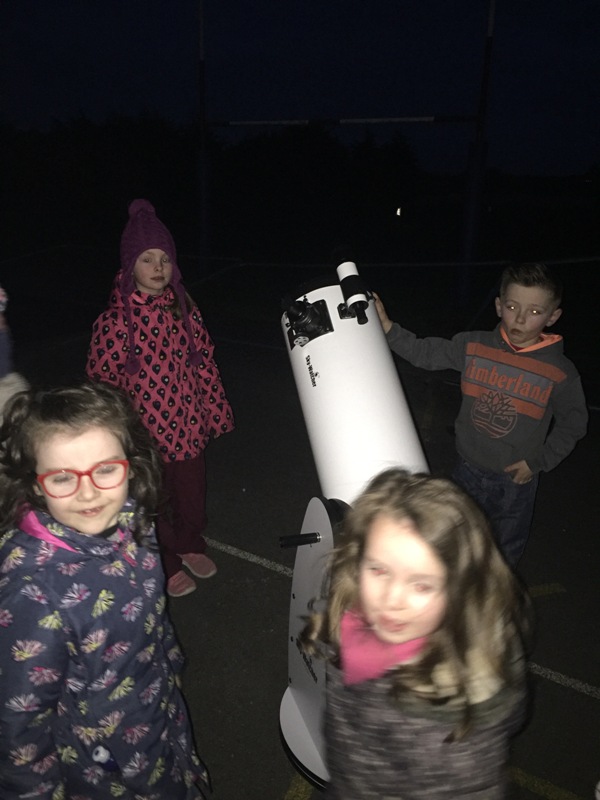
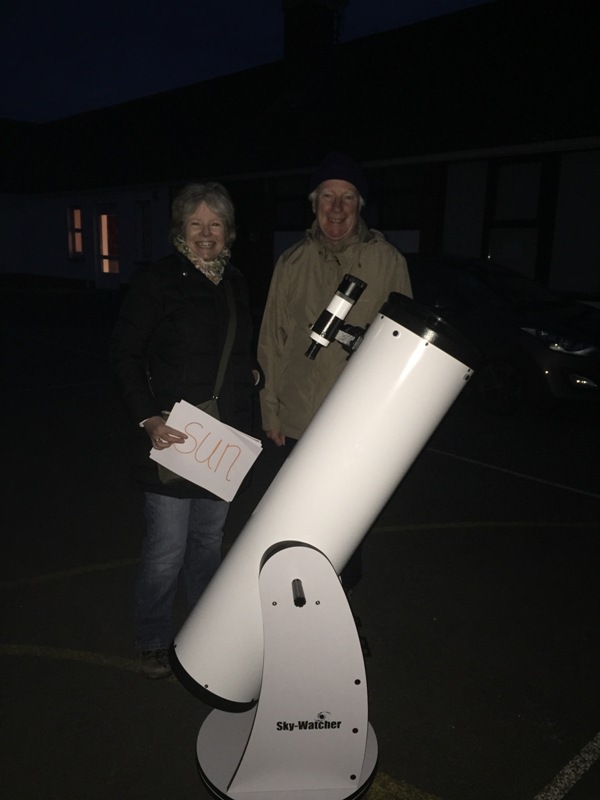
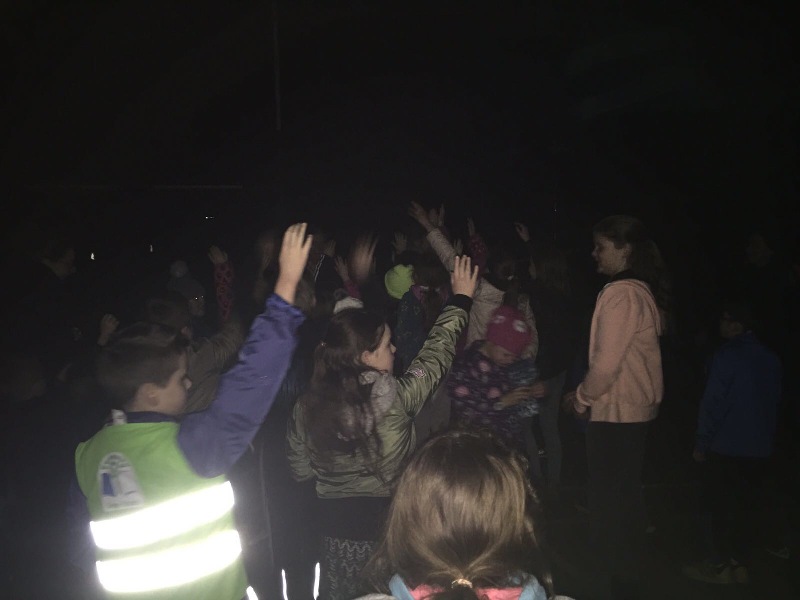
Derek used his laser pointer to show us the planets Venus and Mars and the North Star. Then the star constellations of Cassiopeia, Leo, Orion and the Plough.
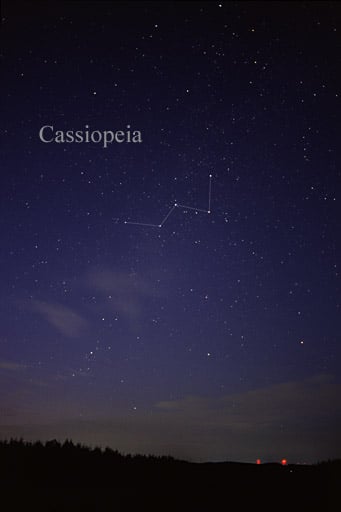 Cassiopeia is one of the most recognisable constellations in our night sky with its distinctive ‘W’ shape consisting of five bright stars. It is very easy to spot and one of the earliest constellations that young children can be shown and come to recognise.
Cassiopeia is one of the most recognisable constellations in our night sky with its distinctive ‘W’ shape consisting of five bright stars. It is very easy to spot and one of the earliest constellations that young children can be shown and come to recognise.
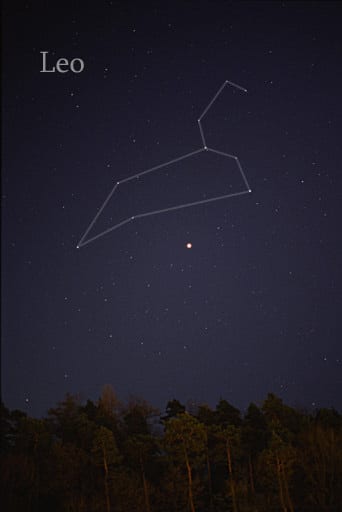 Leo looks like its namesake. A distinctive backwards question mark forms the head and chest, then it moves to the left to form a triangle and the lion’s rear end.
Leo looks like its namesake. A distinctive backwards question mark forms the head and chest, then it moves to the left to form a triangle and the lion’s rear end.
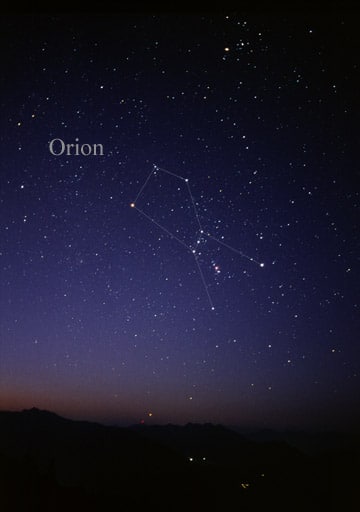 Orion’s belt of three stars is one of the easiest asterisms to find in the sky at night. Orion is useful to any star gazer as one can use him to find a variety of other constellations in the sky.
Orion’s belt of three stars is one of the easiest asterisms to find in the sky at night. Orion is useful to any star gazer as one can use him to find a variety of other constellations in the sky.
The Plough is one of the most easily recognisable asterisms in the night sky consisting of the seven brightest stars of Ursa Major, the Great Bear. The Plough is well known in many cultures and goes by many names, among them the Big Dipper, the Great Wagon, Saptarishi, and the Saucepan. The asterism is particularly prominent in the northern sky in the summer, and is one of the first star patterns we learn to identify.
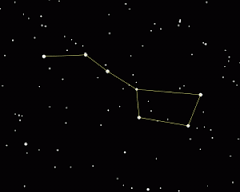
Thanks so much to everyone who contributed and helped out in making our star gazing a really educational and enjoyable evening. I hope it’s a seed of knowledge sowed and a memory that will stay with the children for a long time.
SUZANNE McDONALD
Gortskehy National School